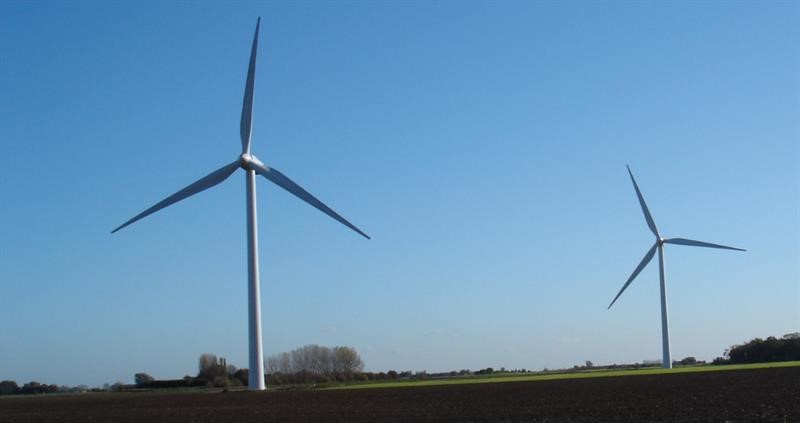Recognition of biomass as a ‘strategic sector’ and that energy efficiency must be prioritised alongside new generating capacity are welcome elements, as are further details of the successor UK Emissions Trading Scheme (with allowances to be immediately 5% lower than the EU scheme). There is relatively little here about expected growth in land-based renewables, such as onshore wind and solar (‘key building blocks’), although the future increase in large-scale renewable electricity production will now be subject to consultation. Critics have also suggested that the White Paper still lacks important detail on the decarbonisation of heating and transport.
The EWP forms part of the Government’s wider Net Zero Strategy, as laid out already in the Prime Minister’s Ten Point Plan and endorsed last week by the Sixth Carbon Budget report from the Climate Change Committee (CCC). Offshore wind power, early negotiations on a possible Sizewell ‘C’ nuclear power station, hydrogen, carbon capture and storage, and a transition away from oil and gas production are key features. As part of a wider Biomass Strategy to be published in 2022, there will be a Call for Evidence on ‘Biomass for Net Zero’ early in 2021, in addition to that already announced on greenhouse gas removals.
Perhaps the most significant statement by BEIS secretary of state Alok Sharma in the government announcement is that this white paper “establishes a decisive and permanent shift away from our dependence on fossil fuels”. Reflecting very much the advice of the CCC, the introduction says that “clean electricity will become the predominant form of energy, entailing a potential doubling of electricity demand and consequently a four-fold increase in low-carbon electricity generation”, as transport and heating services are increasingly provided by electricity instead of petrol/diesel and natural gas – and electric interconnections to neighbouring countries to trade electricity must also increase substantially. Major investment in energy efficiency and low-carbon gas infrastructure is also expected, so that electric heat pumps, hydrogen, ‘green’ gas and shared heat networks all have their part to play.
One particularly noteworthy proposal (for consultation soon) is to require all rented non-domestic buildings to be Energy Performance Certificate band ‘B’ by 2030 “where cost-effective” – quite a substantial jump from current levels of energy efficiency in the commercial sector. There will also be £1.3 billion of investment to roll out electric vehicle chargepoints, in addition to £1 billion support for the electric vehicle supply chain. Lastly, the white paper sets out the government’s intention to bring at least one large-scale nuclear power plant (probably Sizewell ‘C’ in Suffolk) to the point of ‘Final Investment Decision’ by the end of this parliament, although this is “subject to clear value for money and all relevant approvals”.
As the first of a string of announcements and consultations that will implement the government’s low-carbon energy plans, overall this EWP feels more like the beginning of the net-zero journey than a complete route map to a decarbonised Britain.
More from NFUonline:

